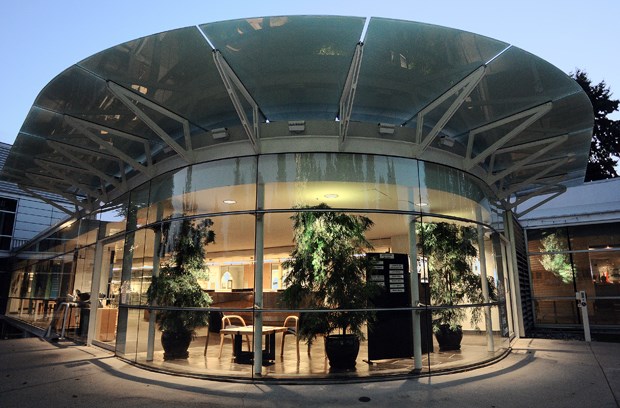This story has been amended to correct the district's GHG reduction target. The story initially referenced a 30-per cent reduction by 2030, which was included in the OCP white paper. The district later changed that goal to 45 per cent by 2030 but did not update the language of the white paper.
After two years of tinkering under the hood, the District of North Vancouver wants the public to test-drive some changes in the official community plan.
An OCP governs land use – what can and can’t happen on individual properties – but it also gives council direction on big-picture policy priorities.
In broad terms, the 2011 OCP directs council to concentrate new development within the Lynn Valley, Lynn Creek, Lions Gate and Maplewood town centres, and to emphasize walking, cycling and transit in transportation planning.
The majority of the current council ran and won in the 2018 municipal election on a message that development in the district should be slowed and that the 2011 OCP was in need of a critical look.
In May 2019, council kicked off a targeted review of the OCP, with plans to create four white papers related to housing, transportation, climate change and the economy/employment lands.
After two years of study and consultations, those white papers are now complete and the district wants to know if they’re on the right track before the OCP update goes to council for a vote this fall.
The white papers largely seem to direct council to return to the 2011 plan with even greater urgency.
On housing, the review states that affordability “remains an immediate crisis” and that it impacts not only low-income households but also moderate- and middle-income ones.
To meet the goal of having 45 per cent of all households in multi-family homes by 2030 (up from 33 per cent in 2016), “the pace of development of attached housing units will need to increase.”
“Non-market and market rental units are not being developed fast enough to reduce the number of district residents who live in core housing need or to improve affordability in moderate- and middle-earning households,” the paper states.
To get more affordable units, the paper suggests council provide land or capital to increase supply, seek out partnerships with non-profits, senior levels of government and the private sector to build more affordable housing.
The transportation white paper does not shift from the original goal of 35 per cent of residents' daily trips being on foot, bicycle or transit. While those mode shares have grown from 17.5 per cent in 2011 to 20 per cent overall today, the mode shift has not been fast enough to reach the goal by 2030.
It also explicitly dispels the perception that today’s traffic jams are a result of recent residential development.
As remedies, the paper suggests creating more transit priority lanes, investing in sidewalk and bicycle infrastructure and resuming a strategy of getting people to live near their jobs, services, and transit.
“Building complete communities is the most effective way to lower trip distances, which in turn makes walking and cycling more attractive choices,” the document states.
The climate emergency white paper, notes that carbon emissions from the community fell by 10 per cent between 2007 and 2016, but it warns “business as usual” practices will see the trend reverse and emissions will rise by 19 per cent by 2050. The district’s goal is to have a 45 per cent reduction by 2030.
Continued extreme weather and rising sea levels will require costly adaption, the report acknowledges, but it also warns the “cost of inaction will be even higher.”
The paper suggests council should target increased energy efficiency in homes, switch to non-carbon energy sources, and get people out of carbon-burning vehicles, which make up 90 per cent of the community’s transportation related emissions.
“The best way to reduce GHG emissions from transportation is to get more people travelling by sustainable modes of transportation,” it states.
On employment, district has made good progress toward its goal of having 36,000 jobs in the municipality by 2030, with 32,705 documented in the 2016 census. But it says another 2.3 million square feet employment space by 2030 to meet the goal. It also suggests that industrial lands should be protected for employment uses.
District staff and council are hoping to see the public’s response to the conclusions in the white papers.
Staff have scheduled a series of online open houses for May 4 from 7 to 8:30 p.m. May 5 from 10 to 11:30 a.m., May 6 from 7 to 8:30 p.m. and May 10 from 1:30 to 3 p.m. Anyone who wants to participate is asked to registered in advance.
They’ve also launched an online survey that will remain open until May 16.
“We will take this feedback and incorporate it in our action plan to present to council that will take into account emerging issues, challenges, and trends in these four areas, and that will provide concrete guidance as we continue to implement the OCP through 2030,” said District spokeswoman Cassie Brondgeest.



